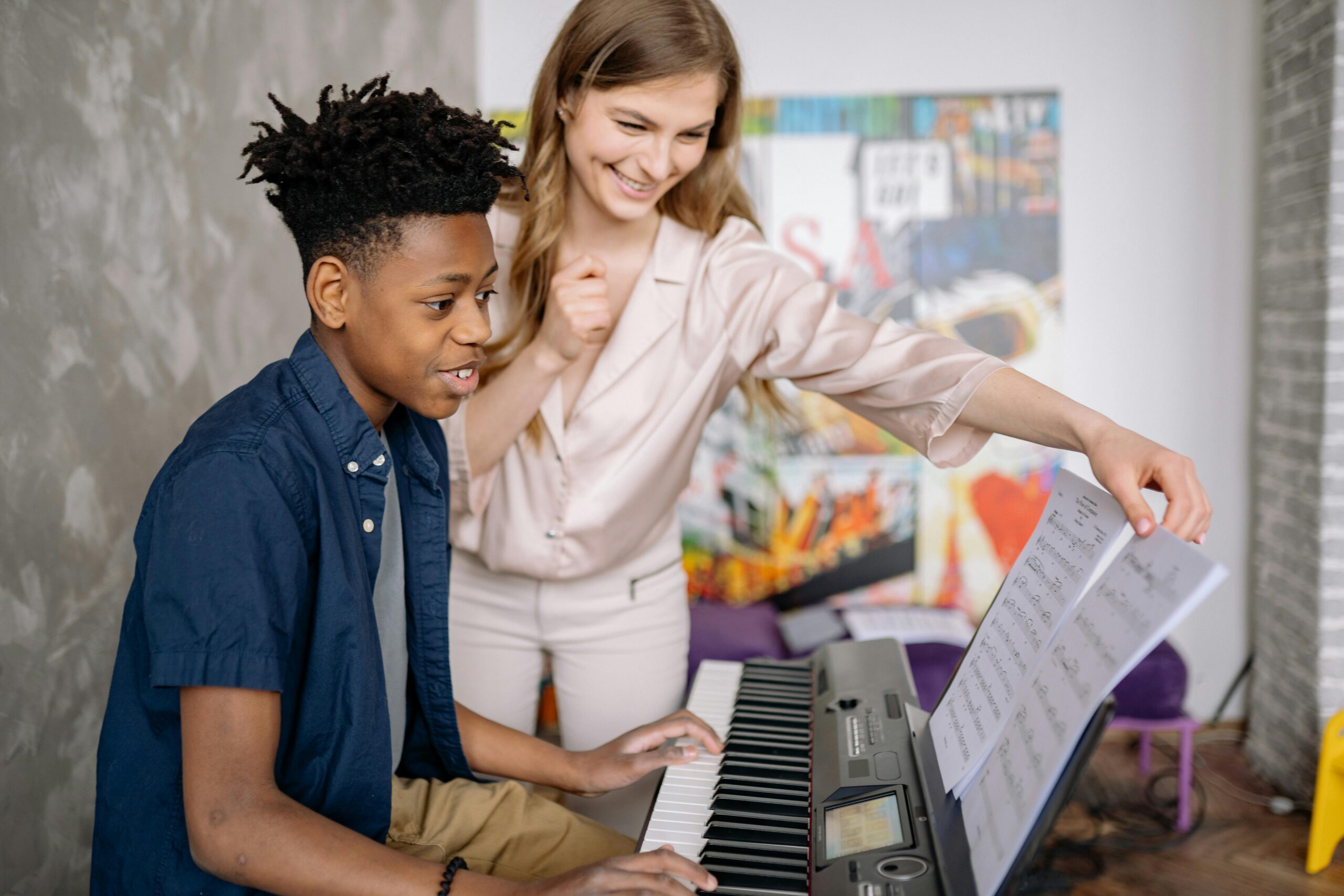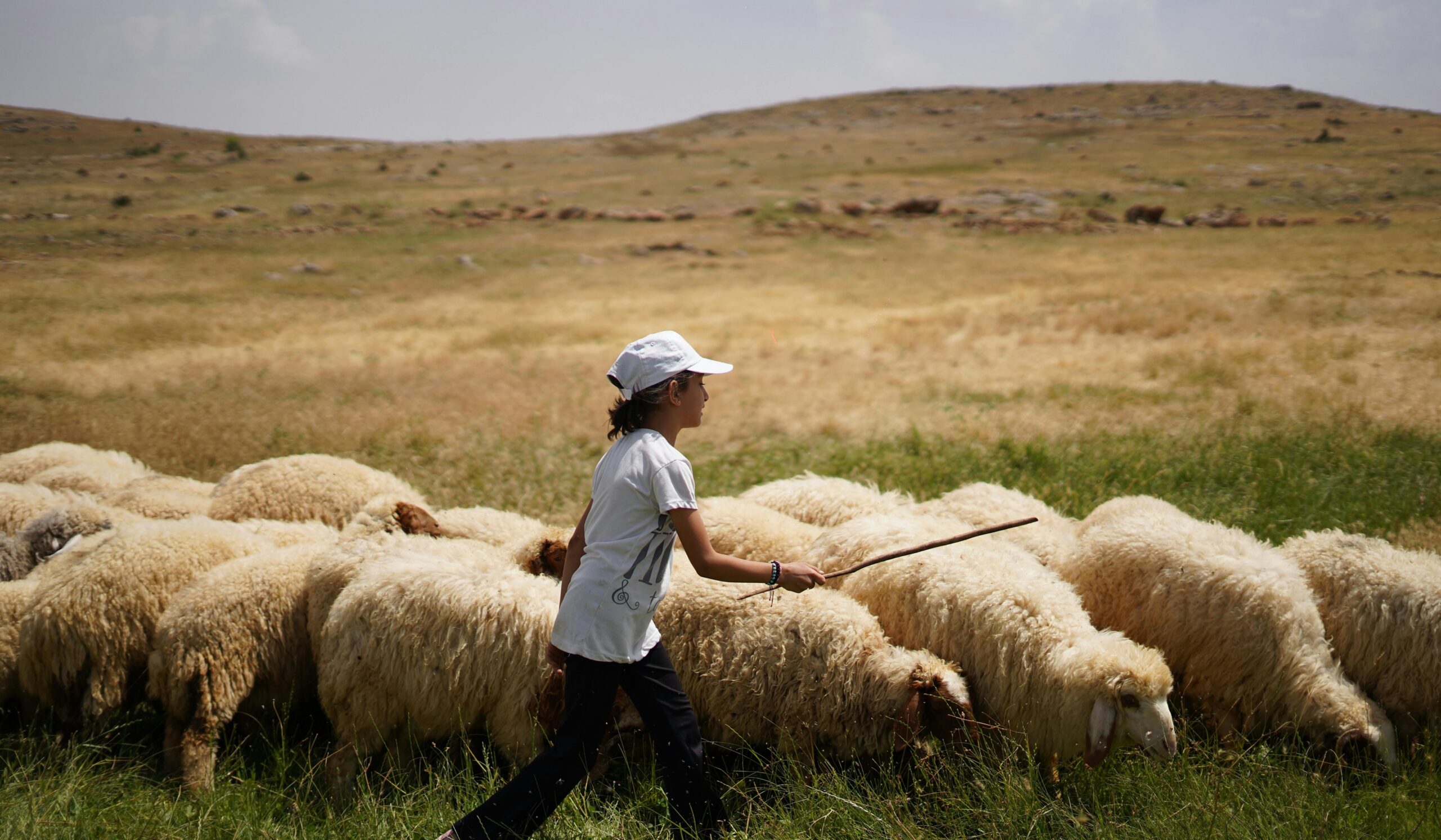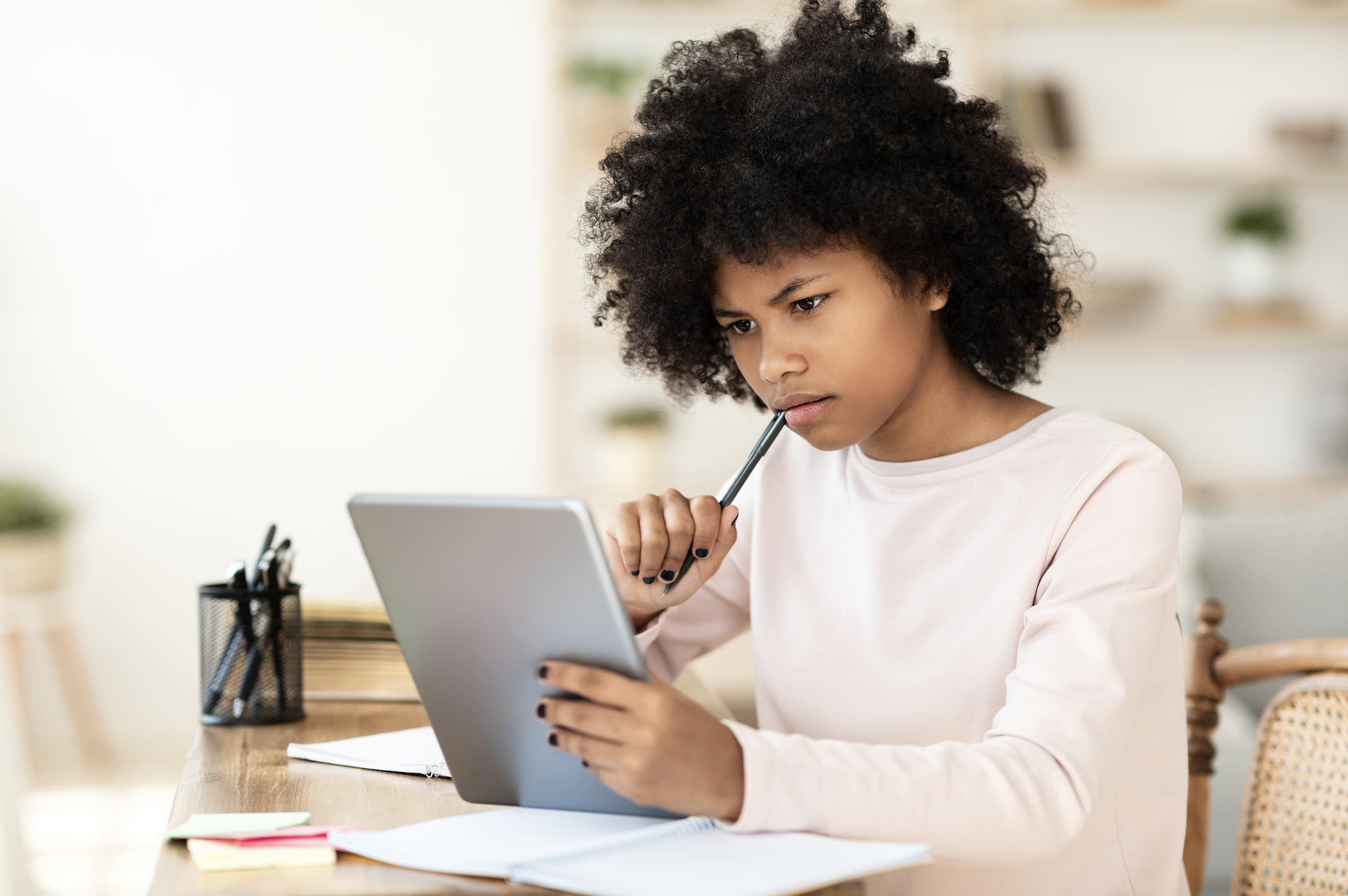
The Secret to Starting Real-Life Conversations with Your Students
I made a discovery recently. The schools that experience the toughest challenges with a remote learning model (or even a hybrid schedule) are the ones that continue to push for keeping academic scores high, at the expense of everything else.
I asked a teacher recently how her remote learning experience was going. She said:
“I’m exhausted. We’ve implemented the A/B model, and I struggle with having both in-person students and online students engage with me. When I focus on one, I seem to lose the other. I feel I’m working twice as hard as usual and getting half the results.”
In a focus group of students, I asked the same question. They agreed it was a struggle. Few blamed their teacher; they just affirmed it was a suboptimal experience. Late in the discussion, a student-athlete summarized this pain point using his interactions with his baseball coach as an example:
“I get the feeling our coach doesn’t know how to have normal conversations that aren’t about baseball. I mean, I like him and everything, but I don’t think he’s sure about what to do these days. We’re like fish out of water.”
Our problem is that we have no hope of hitting our target if we stay focused mainly on academics. We must approach school differently this year if we wish to succeed. If we prioritize relationships first, we will be in a better position to reach our academic goals.
My advice? Relationships before results.
“Strong student-teacher relationships are linked to both short-term and long-term improvements on multiple measures: higher student academic engagement, better attendance, better grades, fewer disruptive behaviors and suspensions, and lower school dropout rates. These effects hold true regardless of students’ individual, family, and school backgrounds. And experts say strong relationships will be even more important this year, as many students grapple with trauma brought on by the pandemic, the economic downturn, and recent high-profile police killings of Black people,” says EdWeek journalist Madeline Will.

Educators Who Get It
I remember being in fourth grade when the 1968 flu pandemic went global. It was the last pandemic our world faced. When I showed symptoms of the flu, I was sent home for an extended period of time. My teacher, Mrs. Mayo, didn’t have the option of teaching me on a screen virtually, but she knew the importance of connections with her students. So, she got creative. She visited me at home and brought me some soup; she wrote me notes along with the assignments and even called twice to see how I was doing. It was the equivalent of a doctor making house calls. I had no idea how special that was.
The result? I would’ve done anything for Mrs. Mayo. I didn’t want to disappoint her and worked hard on each project she gave us. Why? She knew relationships came before results. She was a tough teacher but knew how to get the most out of her students.
Today, students are struggling to stay motivated. One study found the majority of students (56%) report low motivation to get their schoolwork done. Difficulty finding motivation increases with grade level: sixth and seventh graders report the least trouble finding motivation (29% and 27%), while 11th and 12th graders report the most trouble finding motivation (66.7% and 85.3%). We typically see a drop in motivation to complete work during the spring of senior year.
The most natural way to motivate them is through deeper relationships and conversations. We must know and understand where they are coming from.
Six Ideas to Spark Conversations
Our takeaway is simple. We must leverage the tools we have in our current predicament to deepen our relationships with virtual students. Here are six ideas.
1. Visit two students weekly for emotional check-ins.
Most likely, every student in your classroom could be visited at their home one-on-one in a single semester if you saw two students a week. You can still practice social distancing as you bring them a snack, a word of encouragement, and a smile. They won’t forget this. When Mrs. Mayo did this for me, she won me over and got my best effort in class.
2. Scratch where they itch.
Students are seeking more support services, including strategies for better sleep and how to balance screen time. Eleventh and twelfth graders reported that they are concerned about changes to their mood (33% and 40%). Along with this, students in all grades wanted the school to plan virtual meetups, so they could talk with peers during the school day.
3. Find ways to get to know them outside of the academic subject.
Why not play your own version of “Human Bingo”? Create a bingo card with unusual descriptions in each box (you can do a quick Google search to find out how). Have students print out their own card, and send them to zoom rooms to get to know more about each other. Afterward, host a conversation where each person shares about themselves. We’re more likely to be motivated in an environment where we feel safe and known.
4. Create a survey for students to take that enables you to get to know them.
One speedy way to get to know each other is to create a survey that asks them all kinds of questions about their interests, hobbies, favorite food, places they’ve been, etc. Then, when you get the chance to talk, you have a starting point to zero in on something you know they like to talk about. You may want to do this 2-3 times a year.
5. Offer personal feedback, write notes, and send social media messages.
This requires extra effort, but what if you wrote a note to each of your students? What if you offered feedback to them, beyond a mere grade? What if you sent a message out on Tik Tok or Snapchat that was fun and had nothing to do with the subject you teach? This makes you come across more human and enables them to remove walls.
6. Use images and stories to elicit conversations and engagement.
Few things launch conversation more than pictures and stories. How could you offer a visual or an image and use it to spark a discussion? Is there a great story, maybe even a current event, that would spark a lively conversation? Socrates reminds us, “The soul does not think without a picture.” When you do this, your job is to listen and guide.
One of our Habitudes images is called: “Hosts and Guests.” It reminds us that every relationship and conversion usually has a “host” and a “guest.” One person initiates, asks questions, listens well, directs the conversation and the other is the responder.
May I remind you that you are the host in these relationships. I recognize you may feel overwhelmed, just like your students, but this is the surest way to bring out the best in your students and usher in a healthy culture of conversation and engagement in the classroom.






